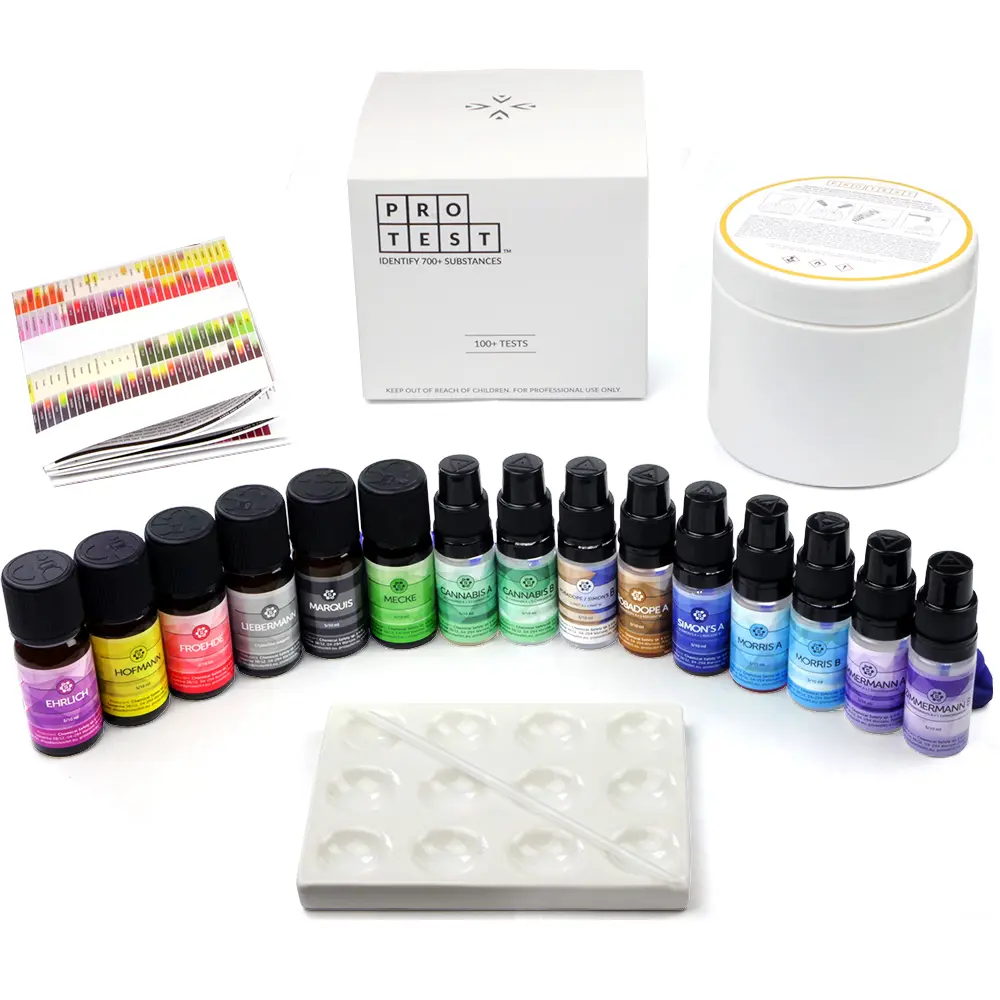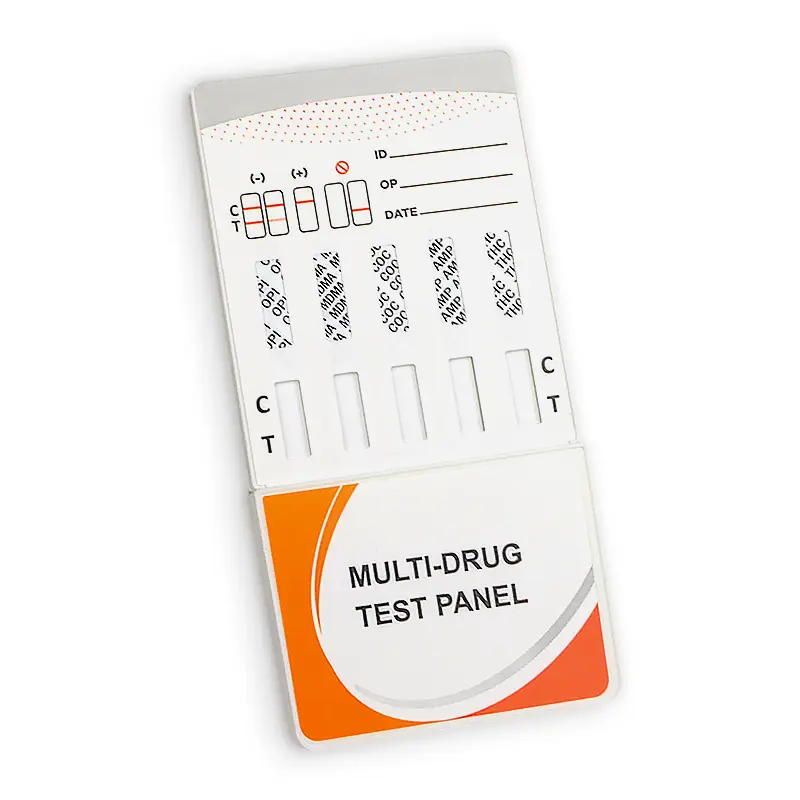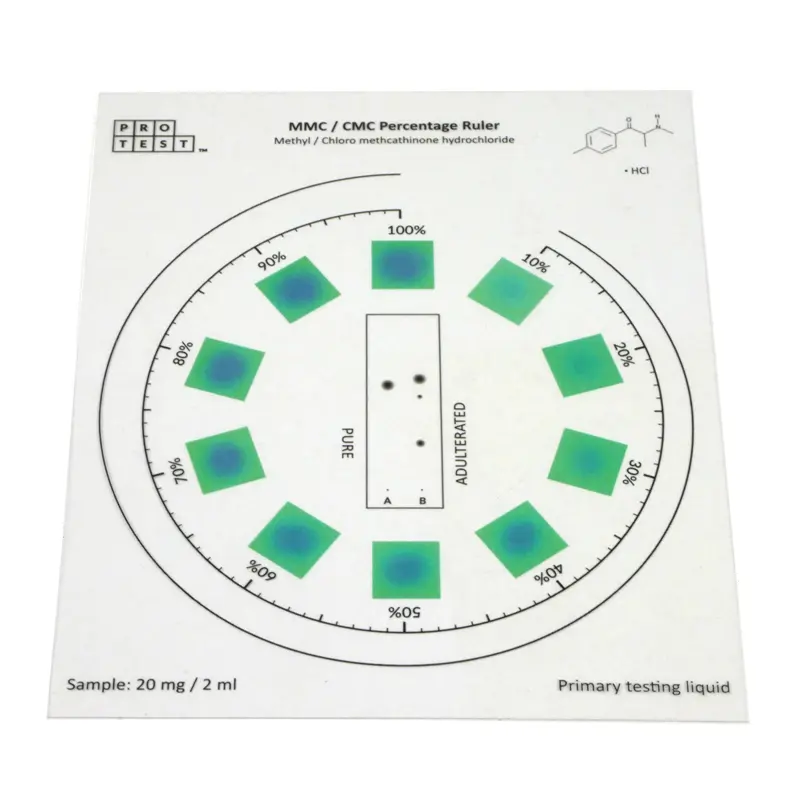How to identify MMC and CMC?
Mephedrone, also known as 4-MMC, has seen many substitutes (“analogs”) since its legalization. Among the most popular are 3-MMC, 4-CMC, and 3-CMC. 3-MMC is the most popular, so a common question is how to differentiate MMC from CMC. Can colorimetric reagents suffice for this? Below, we describe how to distinguish mephedrone and metafedrone from klefedrone and klofedrone in home conditions.
To distinguish CMC from MMC, you need:
- Colorimetric reagent test kit
- A TLC test kit
- Confirmed substance, e.g., caffeine or ibuprofen
The basis for identifying cathinones is a reagent test kit for cathinones combined with a TLC purity test. In this article, we will discuss how to check both the most popular families of synthetic cathinones.
- Marquis can detect common impurities from synthesis. Pure mephedrone should not react.
- Froehde effectively distinguishes pentylone analogs and some tertiary cathinones (alpha-PVP derivatives).
- Simon’s reacts, for example, with MMC, CMC, methylon, ethylon, eutylon. Interestingly, Simon’s reaction with cathinones is relatively slow and gradual.
- Zimmermann also distinguishes secondary cathinones like Simon’s but also reacts with tertiary ones (alpha-PVP derivatives).
- Morris is a relatively new addition here. It positively identifies some cathinones that are difficult to recognize in other ways, such as hexen (n-ethyl-hexedrone).
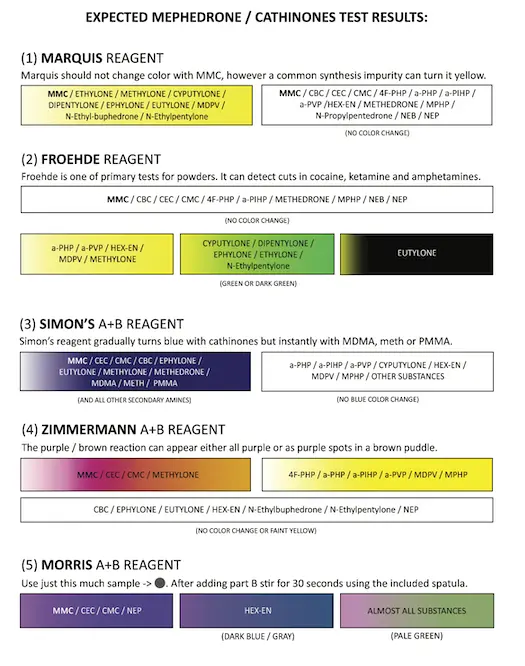
Color chart for mephedrone
Test kits for MMC and CMC
Secondary cathinones (MMC, CMC, and some others) can be roughly confirmed with reagents, but narrowing down to a specific one is already a problem. Both mephedrone (4-MMC), metafedrone (3-MMC), klefedrone (4-CMC), and klofedrone (3-CMC) will react similarly with Morris, Zimmermann, and Simon’s reagents. Morris will turn purple (though with a large sample, it might turn navy blue), Zimmermann will turn purple-brownish, and Simon’s will turn delicately blue-navy.
This is where TLC (thin-layer chromatography) testing comes in. Combined with reagents and a reference sample (one with a confirmed composition), TLC helps identify MMC and CMC. Although, for example, 3-MMC and 4-MMC have the same result, 3-CMC and 4-CMC have a different one, which is a very good achievement for a test designed for home use by amateurs.
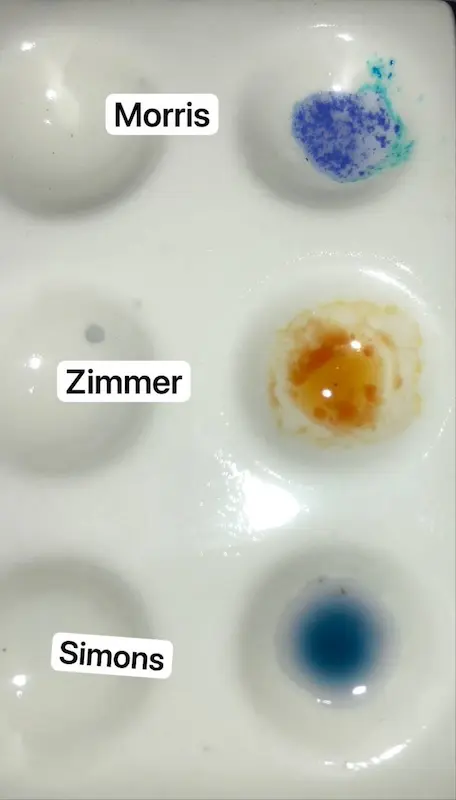
Reagents with MMC / CMC
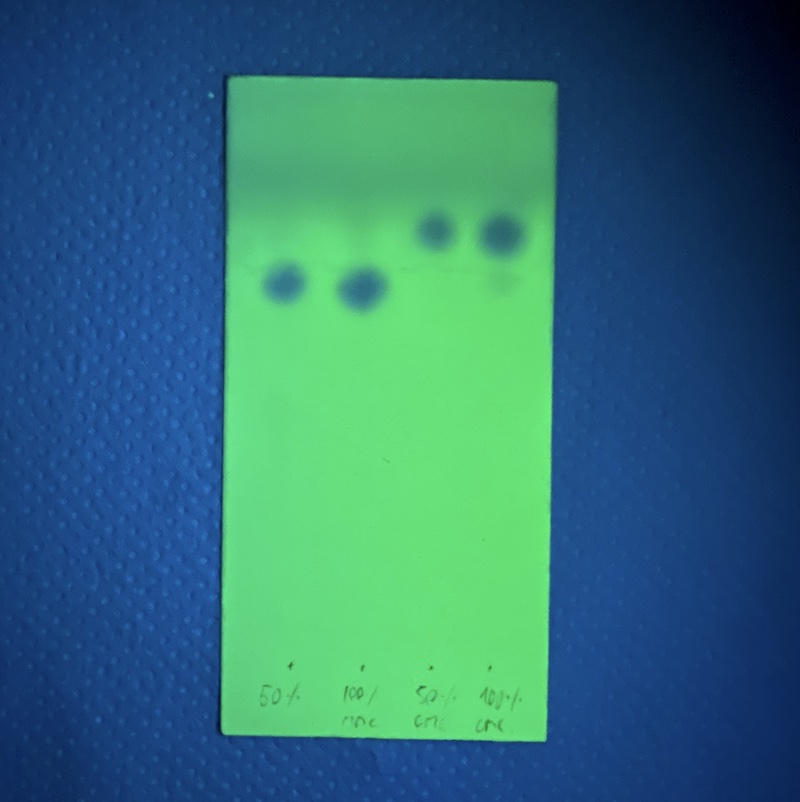
TLC test results with 4-MMC and 4-CMC
Identification of substances using TLC method is based on measuring the position of the substance’s result on the “card” of the TLC test. If substances appear at the same height, it suggests they may be the same substances.
The first thing to remember is that the position of the substance on the TLC test card is not constant. It depends on factors like temperature, pressure, or the freshness of the test liquid we are using.
However, secondly, the proportions between substances on the same card are rather constant. Therefore, knowing these proportions, we can use a confirmed sample to identify an unconfirmed one. To do this, you should use the application /calc.
Mephedrone Tests
The best drug test kit for mephedrone is the PRO Mephedrone Reagent Test Kit, which includes reagents Marquis, Froehde, Simon’s, Zimmermann, and Morris. It can reliably identify the main groups of cathinones, which is quite an achievement considering the number of closely related derivatives found on the market. To confirm MMC and differentiate it from CMC, as well as to estimate the purity percentage of mephedrone, combine the reagents with the purity test for mephedrone (TLC).
Recommended mephedrone test kits:
A positive or negative test result does not indicate if the substance is safe. No substance is 100% safe.
